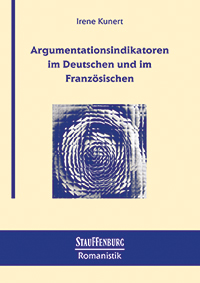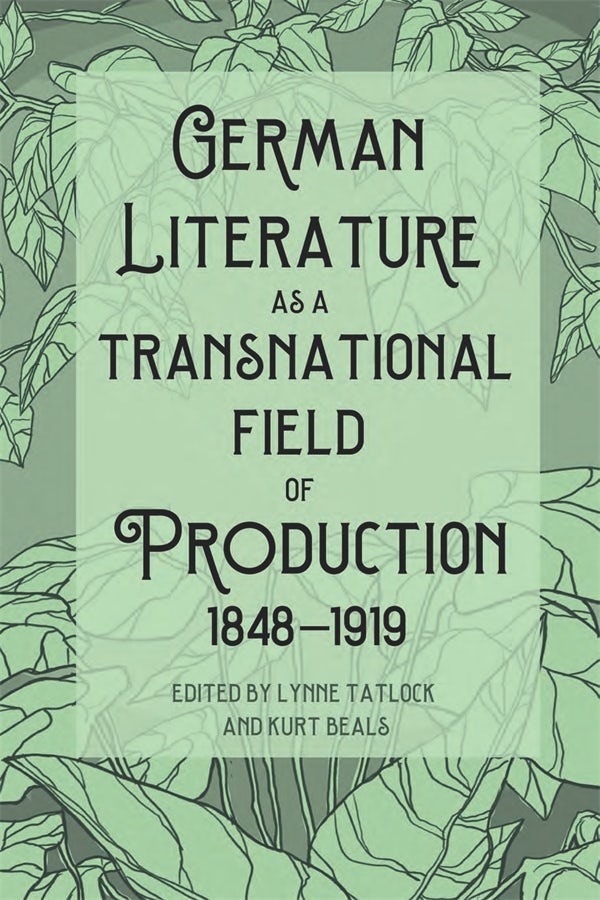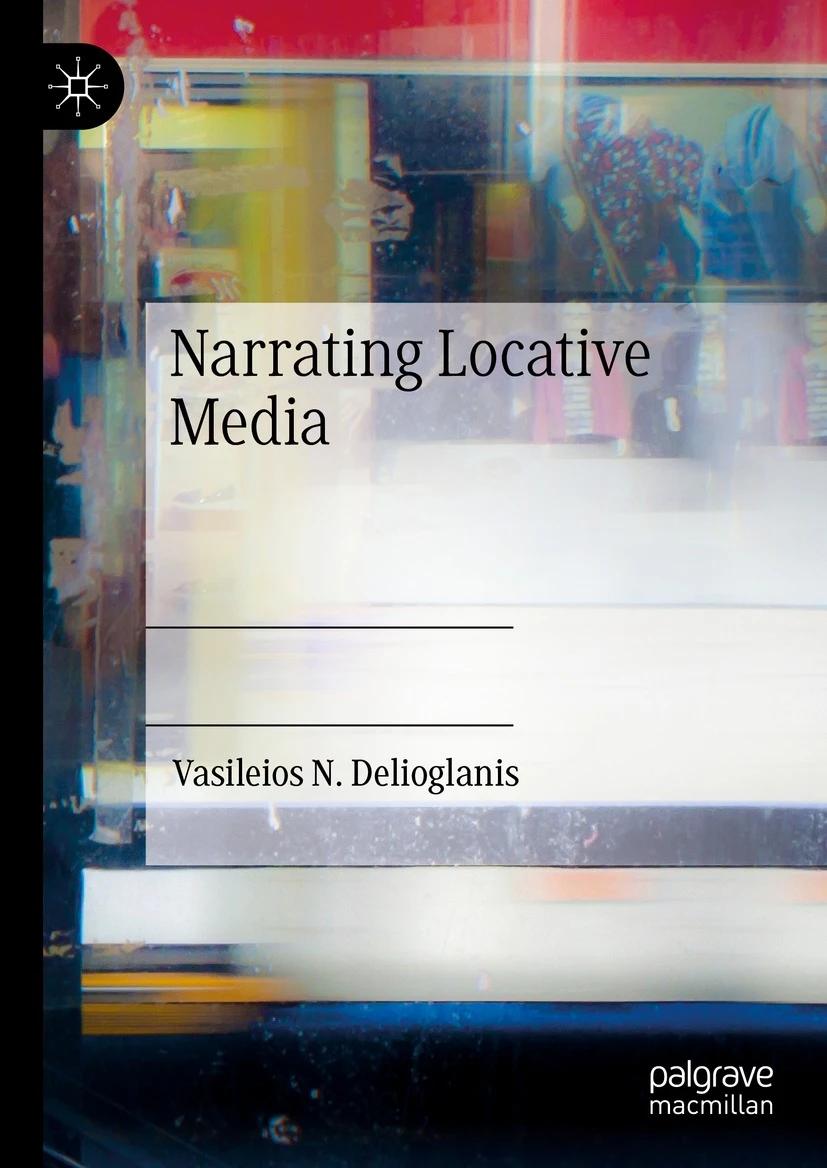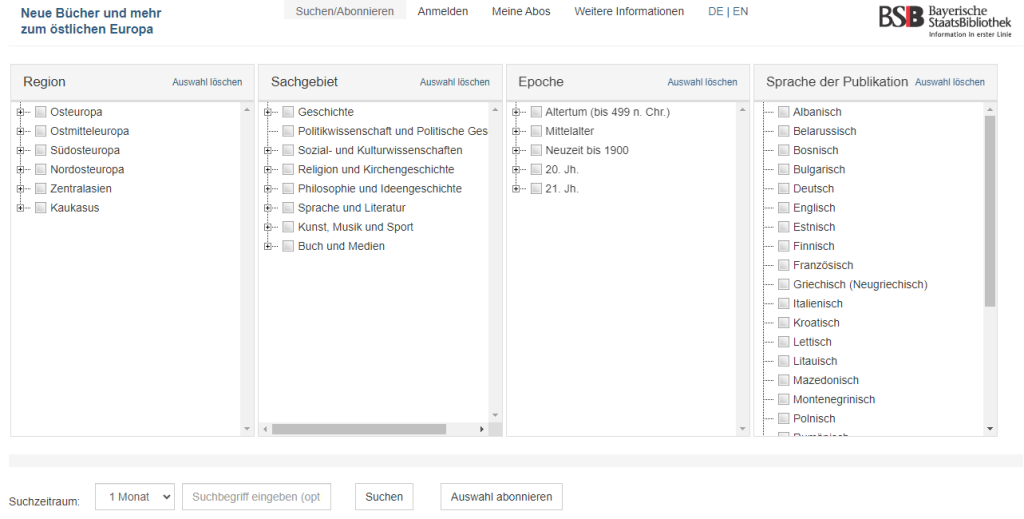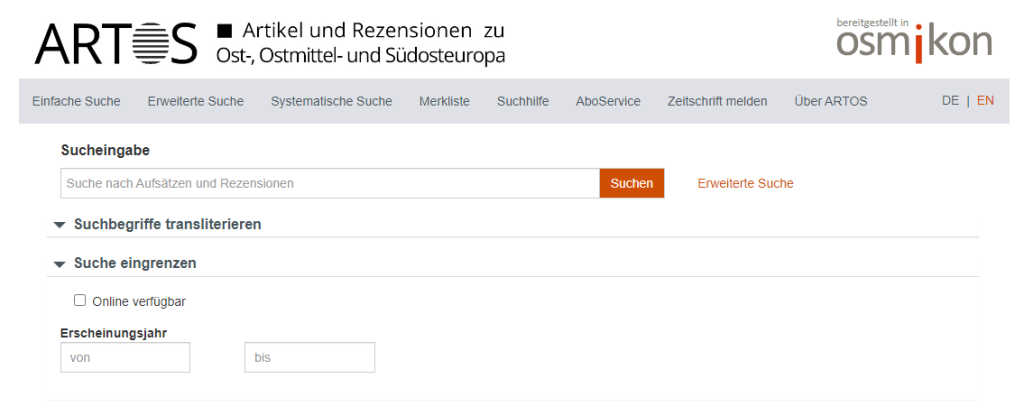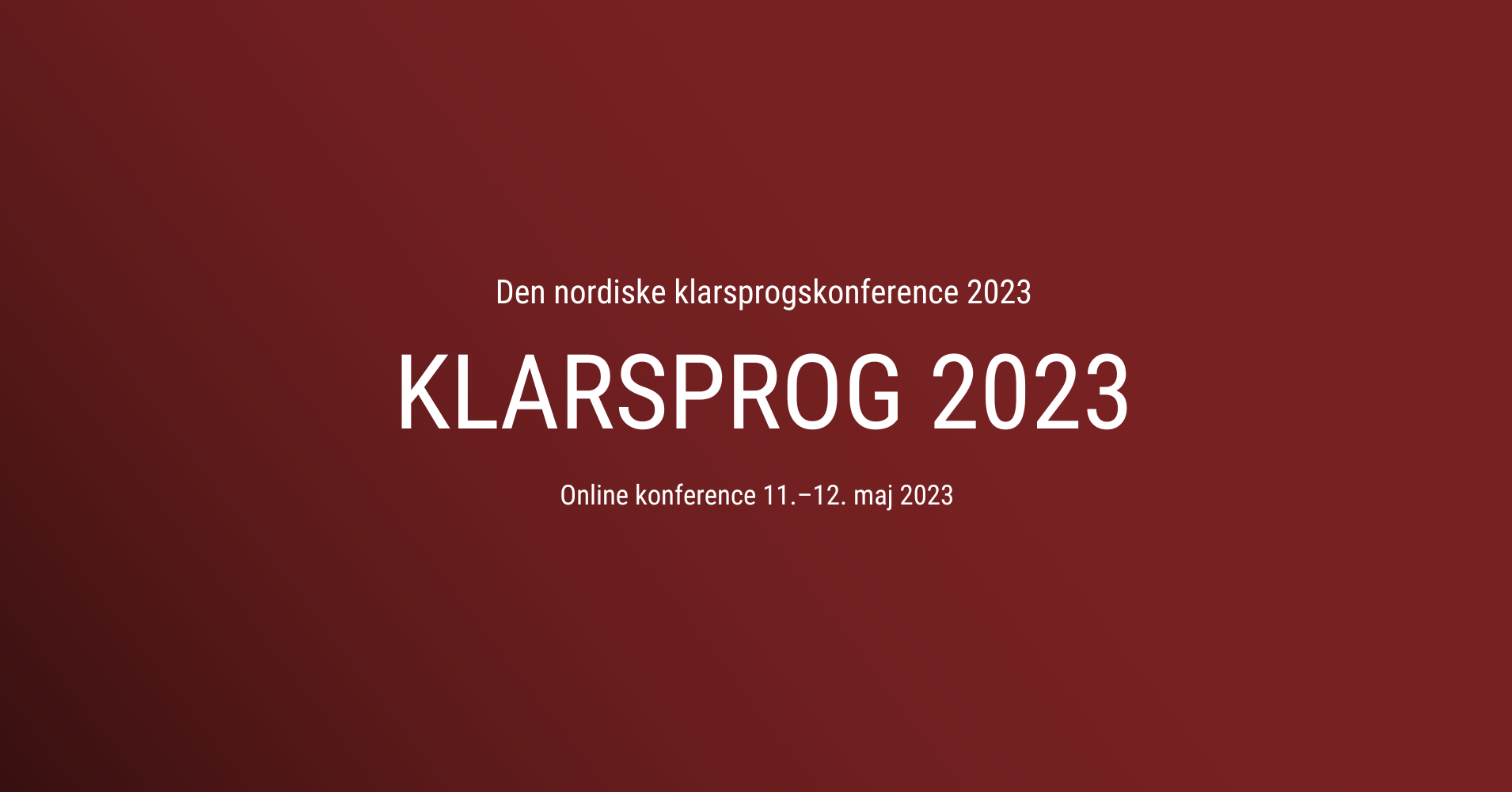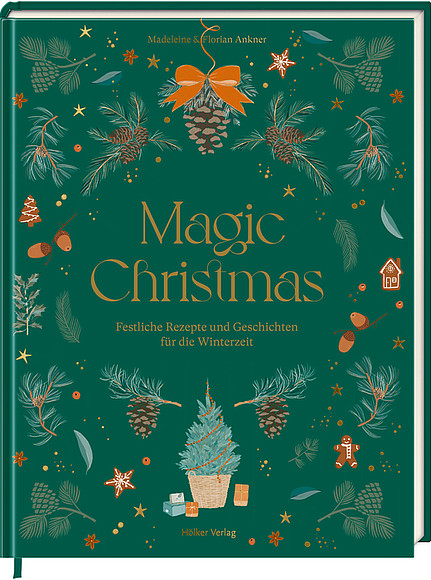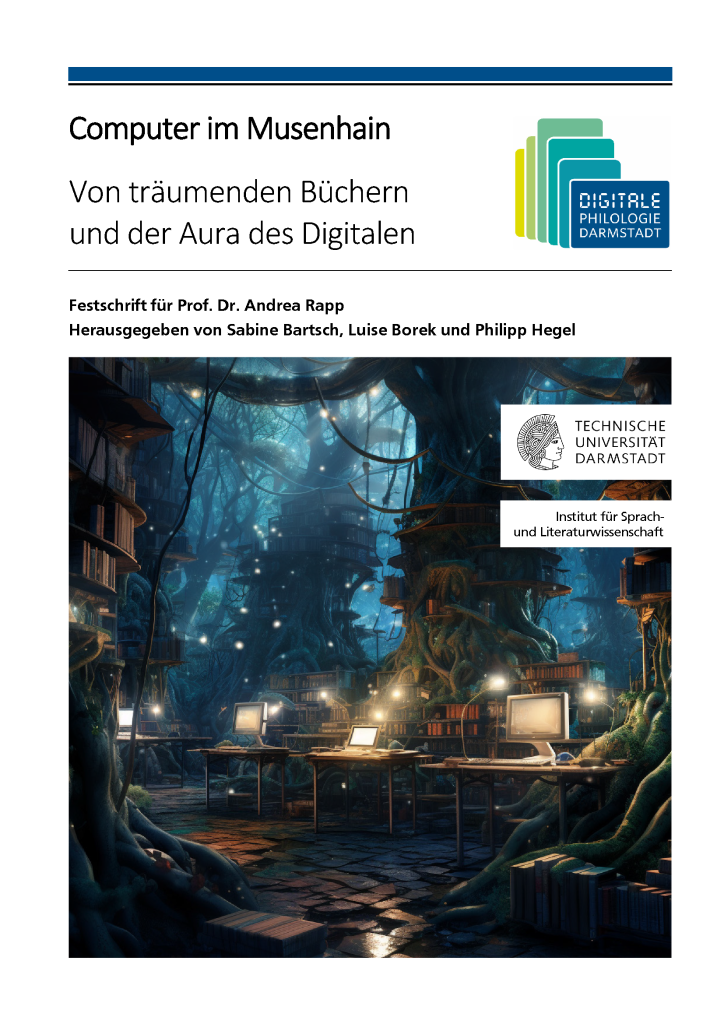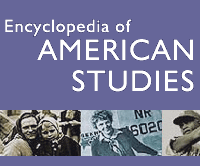Variation in nominal possessive expressions. Case studies from Danish and Swedish
This book is an account of the variation between two possessive constructions in Danish and Swedish: the s‑genitive (husets tak ‘the house’s roof’), and the prepositional construction (taket på huset ‘the roof of the house’). Present-day corpus data, as well as historical data (texts from 1250–1550) are explored. Through statistical and qualitative analysis, various factors that influence the choice between the two constructions are identified. The book offers new data on the genitive variation in Danish and Swedish. The approach is also novel as two closely related Scandinavian languages are compared from both a historical and a contemporary perspective.
zum Buch im ULB-KatalogPlus
zum Buch auf der Verlags-Website
Children’s literature and Old Norse medievalism
This book explores the ways in which contemporary authors respond to and rework key aspects of Old Norse history and viking culture for young twenty-first-century audiences. Why are contemporary authors and audiences so manifestly attracted to the viking past? In what ways do writers respond to Norse sources? How do the narratives they tell reflect our beliefs about and desires for the past, our constructions of childhood and adolescence, our anxieties around gender, sexuality, and ethnicity? How do these texts engage with a future occluded by apocalyptic ecological threat? David Clark explores these questions through readings of a rich body of diverse material which retells, updates, and transforms Norse culture. The volume contextualizes Norse medievalism and explores how thematic foci on gender, sexuality, disability, and ethnicity relate to contemporary concerns around these topics, and the construction of childhood.
zum Buch im ULB-KatalogPlus
zum Buch auf der Verlags-Website

